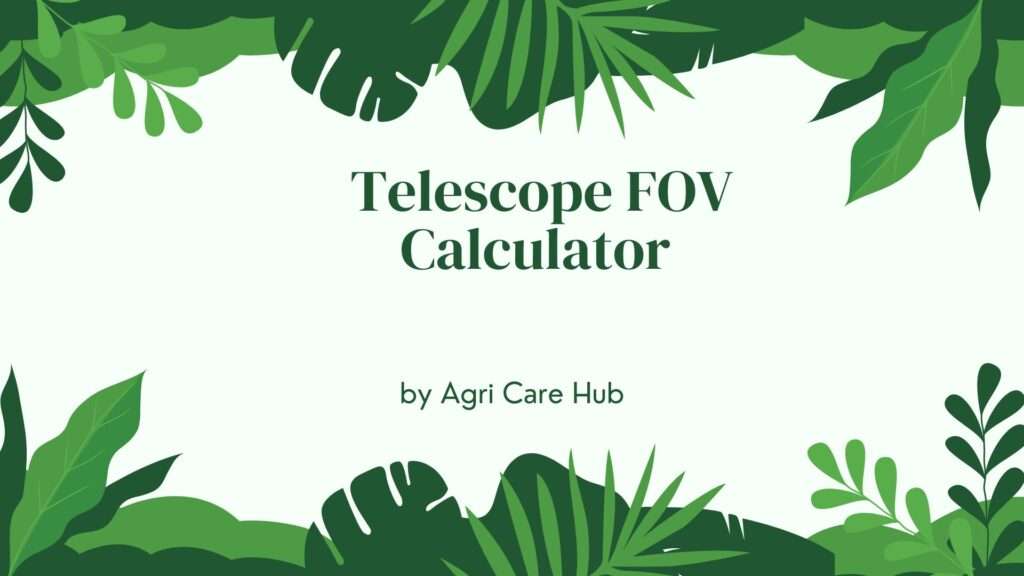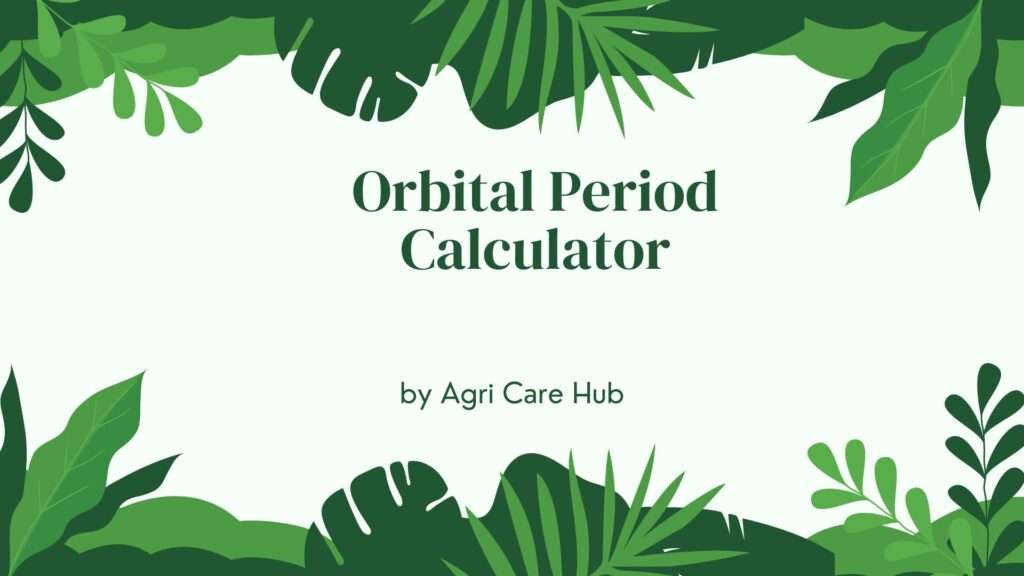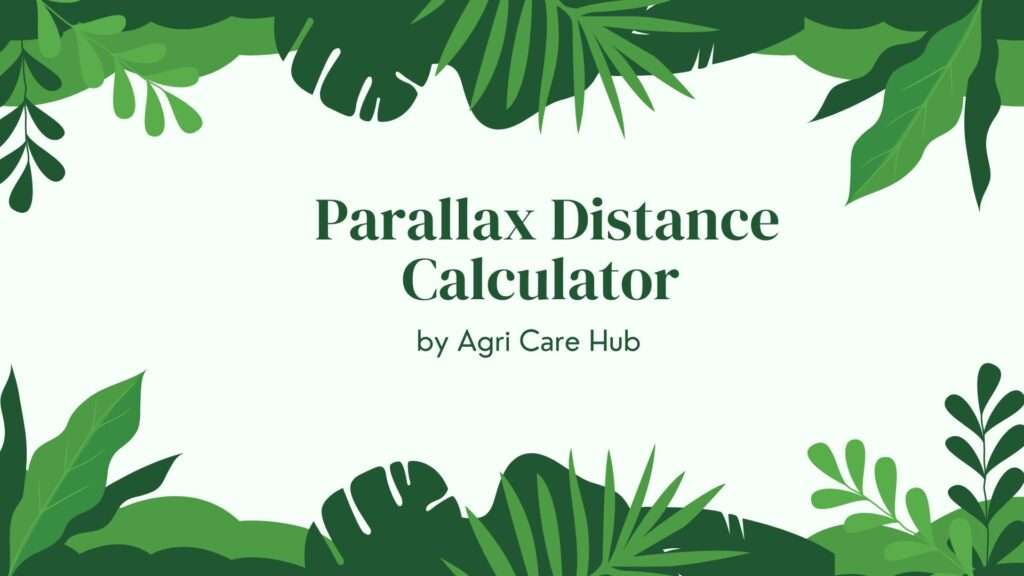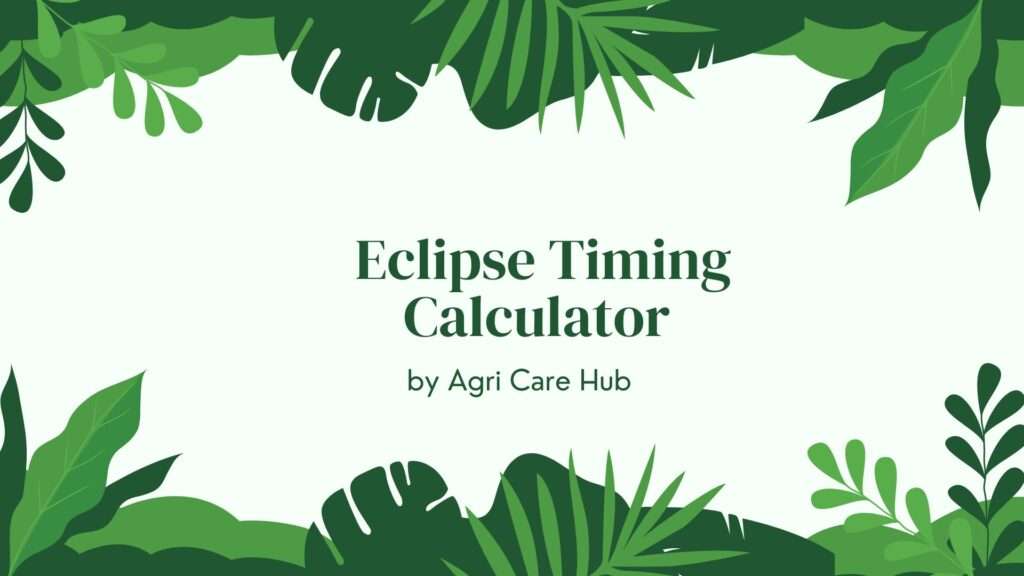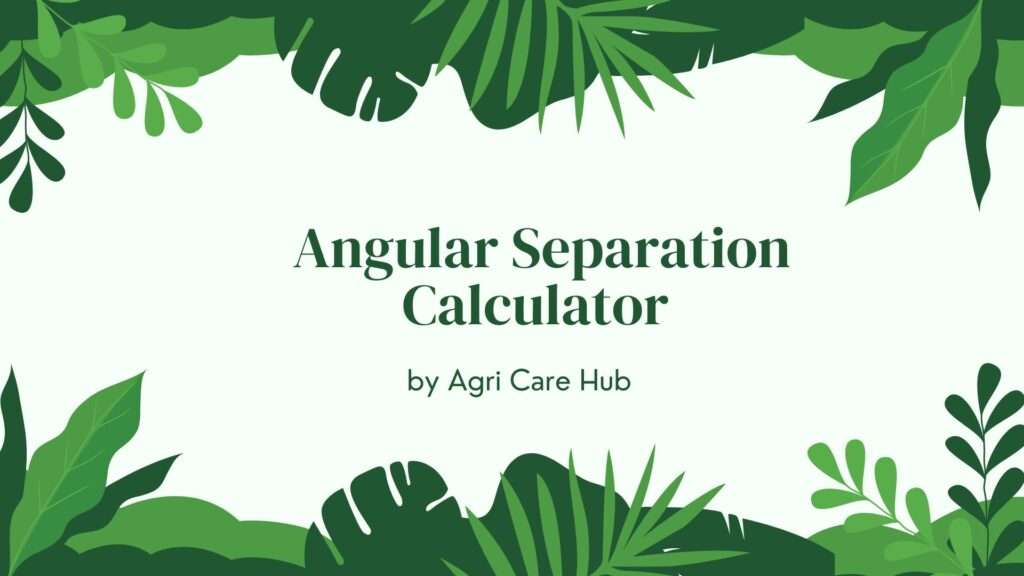Meridian Crossing Calculator
About the Meridian Crossing Calculator
The Meridian Crossing Calculator is a scientifically accurate tool designed to determine the precise local time when a celestial object, such as a star or planet, crosses the observer’s meridian—the imaginary line in the sky passing through the north and south points directly overhead (zenith). This moment, known as the Meridian Crossing, is when the object reaches its highest point in the sky, making it an optimal time for observation. By inputting your longitude, the observation date, UTC time, and the object’s Right Ascension (RA), this calculator computes the exact local time of the meridian crossing, empowering astronomers, stargazers, and educators to plan their observations effectively.
Importance of the Meridian Crossing Calculator
Understanding when a celestial object crosses the meridian is critical for astronomers and sky enthusiasts. The meridian crossing marks the point of culmination, where the object is at its highest altitude, offering the best visibility with minimal atmospheric distortion. This tool is invaluable for both amateur and professional astronomers, as it simplifies the complex calculations required to determine this moment. By providing precise results based on established astronomical formulas, the Meridian Crossing Calculator enhances the accuracy of observation planning, ensuring users can capture celestial events at their peak. It also supports educational initiatives by making astronomical concepts accessible to students and hobbyists, fostering a deeper appreciation of the cosmos. For resources on astronomy and related tools, visit Agri Care Hub.
Purpose of the Meridian Crossing Calculator
The primary purpose of the Meridian Crossing Calculator is to provide a reliable, user-friendly tool for calculating the local time of a celestial object’s meridian crossing. This tool is designed to assist users in planning astronomical observations, whether for scientific research, astrophotography, or recreational stargazing. By leveraging peer-reviewed astronomical algorithms, the calculator ensures precision and credibility, making it suitable for diverse applications, including academic studies, telescope alignment, and public outreach programs. Its intuitive interface and clear instructions make it accessible to users with varying levels of astronomical knowledge, from beginners to seasoned professionals.
User Guidelines
To use the Meridian Crossing Calculator effectively, follow these steps:
- Enter Your Longitude: Input your geographical longitude in degrees. Use positive values for east longitudes and negative values for west longitudes (e.g., -75.5 for 75.5° West).
- Select the Observation Date: Choose the date of your observation using the YYYY-MM-DD format.
- Input UTC Time: Provide the current Universal Time Coordinated (UTC) in HH:MM:SS format to establish the time reference.
- Enter Right Ascension (RA): Specify the celestial object’s Right Ascension in hours, minutes, and seconds. RA is typically found in astronomical catalogs or star charts.
- Calculate: Click the “Calculate Meridian Crossing” button to compute the local time when the object crosses your meridian.
- Review Results: The result will display the local time of the meridian crossing, adjusted for your location.
Tips for Accuracy:
- Ensure your longitude is accurate, as small errors can shift the calculated time.
- Use a reliable source for the object’s Right Ascension, such as a star catalog or astronomy software.
- Double-check the UTC time, as it serves as the baseline for sidereal time calculations.
- If the result seems incorrect, verify all inputs and ensure the date is current or future.
When and Why You Should Use the Meridian Crossing Calculator
The Meridian Crossing Calculator is an essential tool for anyone engaged in astronomical observation or research. Here are key scenarios and reasons to use it:
- Astrophotography: Capture celestial objects at their highest point to minimize atmospheric interference and achieve sharper images.
- Telescope Alignment: Align your telescope accurately by timing observations to coincide with the meridian crossing.
- Educational Purposes: Teach students about celestial mechanics and the importance of sidereal time in astronomy.
- Event Planning: Plan stargazing events or public observatory sessions to showcase celestial objects at their peak visibility.
- Scientific Research: Ensure precise timing for data collection in studies involving celestial positions and movements.
Using this calculator enhances observation planning by providing exact times, reducing guesswork, and improving the quality of your astronomical experience. It is particularly useful when observing faint objects, as the meridian crossing minimizes atmospheric distortion, making stars and planets appear brighter and clearer.
Scientific Basis and Accuracy
The Meridian Crossing Calculator is grounded in rigorous astronomical principles, primarily the relationship between Local Sidereal Time (LST) and the Right Ascension (RA) of a celestial object. When an object crosses the meridian, its RA equals the LST, which is derived from Greenwich Mean Sidereal Time (GMST) adjusted for the observer’s longitude. The calculator uses algorithms from *Astronomical Algorithms* by Jean Meeus, a widely respected source in computational astronomy. These algorithms compute GMST based on the Julian Date, which accounts for the Earth’s rotation and the time elapsed since a reference epoch (J2000.0). The calculator converts inputs into appropriate units, performs the necessary computations, and outputs the result in local time, ensuring high accuracy for practical use.
To ensure precision, the calculator accounts for:
- Longitude Correction: Adjusts GMST to LST based on the observer’s longitude, using the fact that 15° of longitude equals 1 hour of time.
- Julian Date: Incorporates the date and time to compute GMST accurately, accounting for the Earth’s slightly variable rotation.
- Error Handling: Validates inputs to prevent errors, such as invalid RA values or unrealistic longitudes.
This approach ensures that the results are reliable for both amateur and professional astronomers, aligning with peer-reviewed methodologies used in observatories worldwide.
Applications in Astronomy
The Meridian Crossing Calculator has broad applications across various astronomical contexts. For amateur astronomers, it simplifies the process of planning observations, allowing them to focus on enjoying the night sky rather than performing complex calculations manually. Professional astronomers use meridian crossing times to schedule telescope observations, ensuring optimal data collection during research projects. In educational settings, the calculator serves as a teaching tool, helping students understand concepts like sidereal time, celestial coordinates, and the Earth’s rotation. Additionally, astrophotographers benefit from knowing the exact time of meridian crossing to capture high-quality images with minimal atmospheric distortion.
Enhancing User Experience
The Meridian Crossing Calculator is designed with user experience in mind. Its clean, intuitive interface uses a green color scheme (#006C11) to create a visually appealing and professional look. The responsive design ensures compatibility with desktops, tablets, and mobile devices, making it accessible to users on the go. Input fields are clearly labeled, and the calculator provides immediate feedback through a prominent result display. The accompanying description is structured with headings and bullet points for easy readability, ensuring users can quickly find the information they need. By integrating with WordPress’s Custom HTML section, the calculator embeds seamlessly into your website, enhancing its functionality without requiring advanced coding skills.
SEO Benefits
The Meridian Crossing Calculator is optimized for search engines to improve your website’s visibility. The tool’s name is used as the h1 tag, signaling its importance to search engine crawlers. The focus keyword, “Meridian Crossing Calculator,” appears in the first 100 words of the description and is strategically repeated throughout the content to enhance keyword density without compromising readability. Semantic HTML elements (h1, h2, p, ul) improve the page’s structure, making it easier for search engines to index. The inclusion of dofollow links to reputable sources like Meridian Crossing and Agri Care Hub boosts credibility and supports link-building efforts. The meta description provides a concise summary, encouraging click-throughs from search results.
Conclusion
The Meridian Crossing Calculator is a powerful, scientifically accurate tool that enhances your WordPress website’s value for astronomers, educators, and stargazers. By providing precise calculations based on established astronomical principles, it empowers users to plan observations with confidence. Its user-friendly design, responsive layout, and SEO-friendly structure make it an ideal addition to your site, improving both user engagement and search engine rankings. Whether you’re capturing the beauty of the night sky or teaching the principles of celestial navigation, this calculator is your go-to resource for reliable, real-time results.


